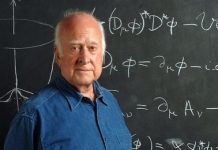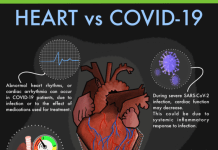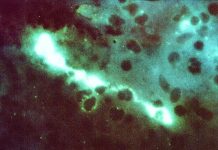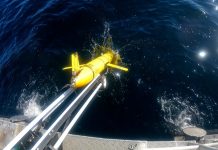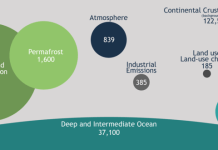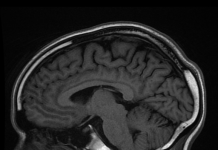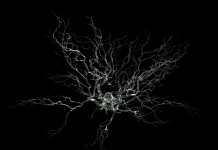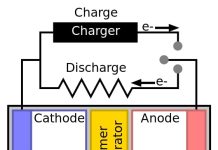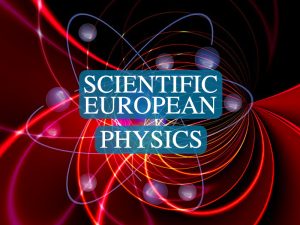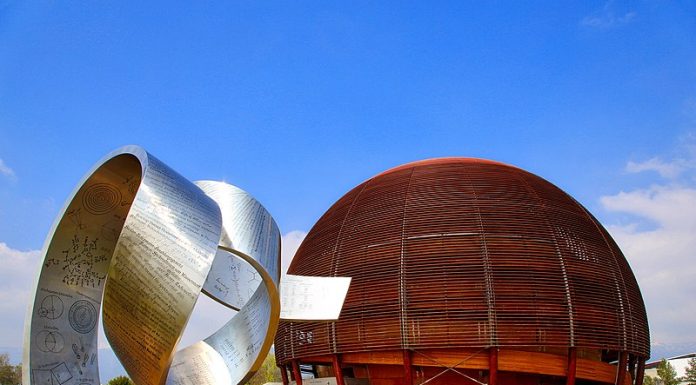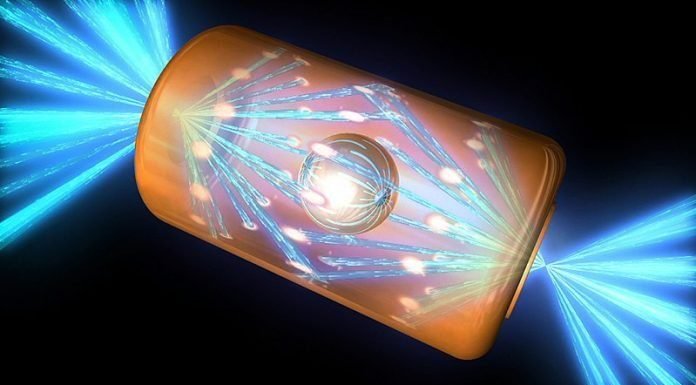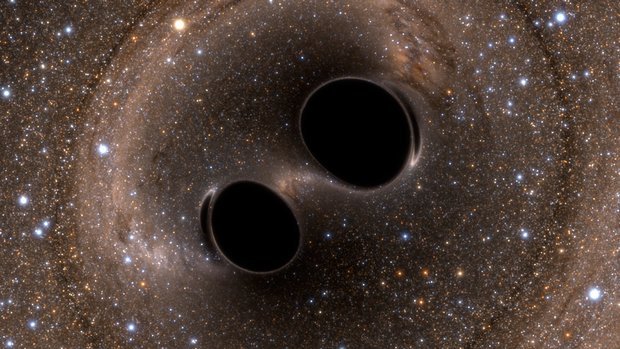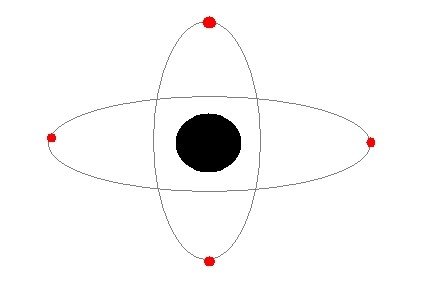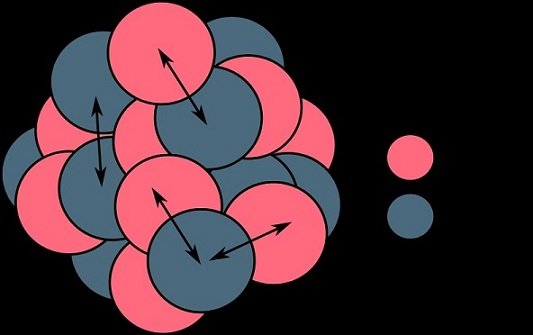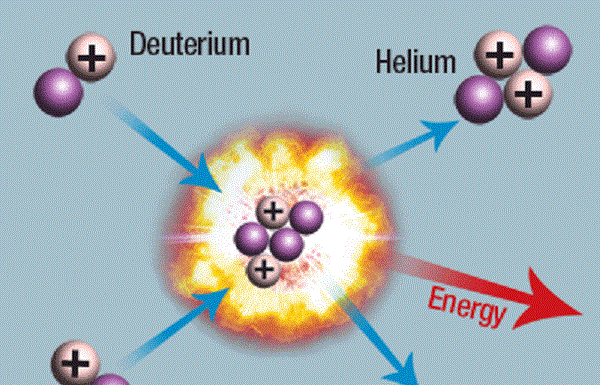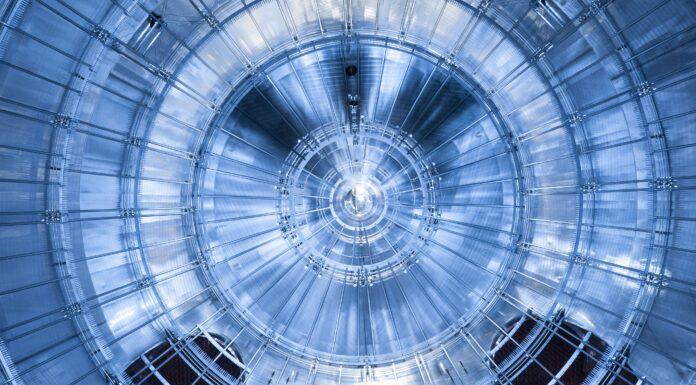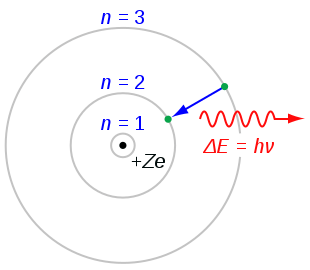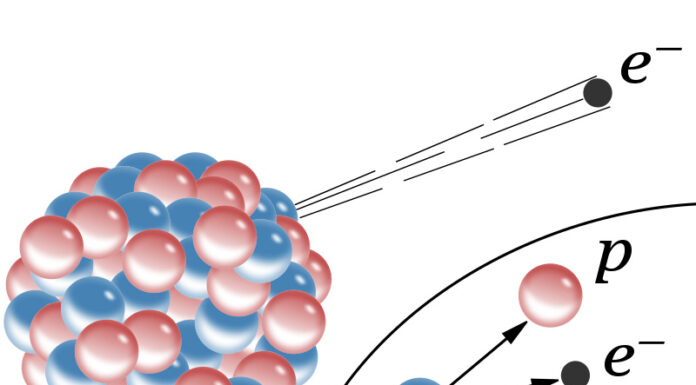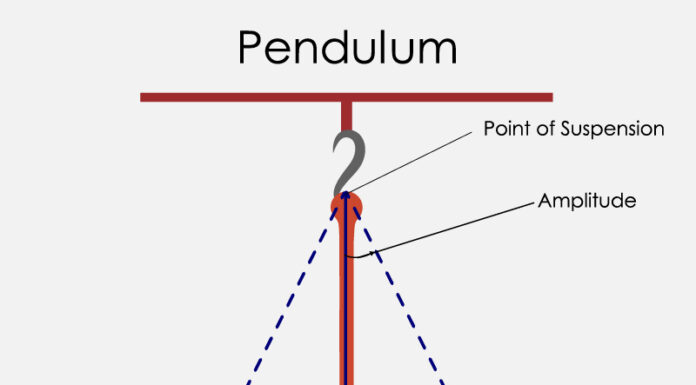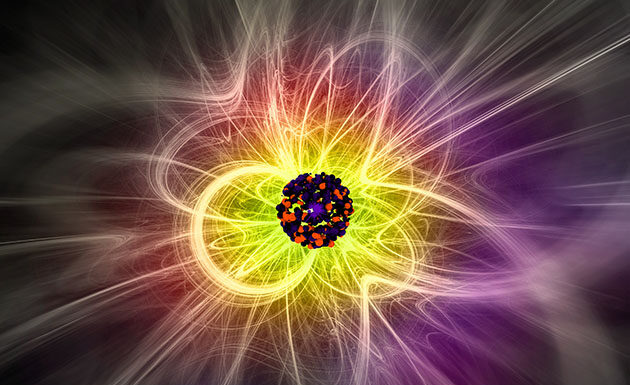CERN’s seven decades of scientific journey has been marked by milestones like "discovery of fundamental particles W boson and Z boson responsible for weak nuclear forces", development of world’s most powerful particle accelerator called Large Hadron Collider (LHC) that...
‘Fusion Ignition’ achieved first in December 2022 has been demonstrated another three times to date at National Ignition Facility (NIF) of Lawrence Livermore National Laboratory (LLNL). This is a step forward in fusion research and confirms proof-of-concept that controlled nuclear...
Merger of two black holes has three stages: inspiral, merger and ringdown phases. Characteristic gravitational waves are emitted in each phase. The last ringdown phase is very brief and encode information about properties of final black hole. Reanalysis of data from...
The Nobel Prize in Physics 2023 has been awarded to Pierre Agostini, Ferenc Krausz and Anne L’Huillier "for experimental methods that generate attosecond pulses of light for the study of electron dynamics in matter”.
An attosecond is one quintillionth...
Matter is subject to gravitational attraction. Einstein’s general relativity had predicted that antimatter also should fall to Earth in the same way. However, there was no direct experimental evidence so far to show that. ALPHA experiment at CERN is...
Oxygen-28 (28O), the heaviest rare isotope of oxygen has been detected for the first time by Japanese researchers. Unexpectedly it was found to be short-lived and unstable despite meeting the “magic” number criteria of nuclear stability.
Oxygen has many isotopes; all...
The scientists at Lawrence Livermore National Laboratory (LLNL) have achieved fusion ignition and energy break-even. On 5th December 2022, the research team conducted controlled fusion experiment using lasers when 192 laser beams delivered more than 2 million joules of UV...
Observation of 26 cm radio signals, formed due to hyperfine transition of cosmic hydrogen offer an alternative tool to the study of early universe. As for neutral epoch of the infant universe when no light was emitted, 26 cm...
KATRIN experiment mandated to weigh neutrinos has announced a more precise estimate of the upper limit of its mass - neutrinos weigh at most 0.8 eV, i.e., the neutrinos are lighter than 0.8 eV (1 eV = 1.782 x 10-36...
Ancient people thought we are made up of four ‘elements’ - water, earth, fire and air; which we now know are not elements. Presently, there are some 118 elements. All elements are made up of atoms which were once...
Gravitational wave was directly detected for the first time in 2015 after a century of its prediction by Einstein’s General Theory of Relativity in 1916. But, the continuous, low frequency Gravitational-wave Background (GWB) that is thought to be present throughout the...
The researchers at Max Planck Institute for Nuclear Physics have successfully measured infinitesimally small change in the mass of individual atoms following quantum jumps of electrons within by using the ultra-precise Pentatrap atomic balance at the Institute in Heidelberg.
In...
T2K, a long-baseline neutrino oscillation experiment in Japan, has recently reported an observation where they have detected a strong evidence of a difference between fundamental physical properties of neutrinos and that of the corresponding antimatter counterpart, anti-neutrinos. This observation...
In the very early universe, soon after the Big Bang, the ‘matter’ and the ‘antimatter’ both existed in equal amount. However, for the reasons unknown so far, the 'matter' dominates the present universe. The T2K researchers have recently shown...
Scientists have improved the dating techniques of interstellar materials and identified oldest known grains of silicon carbide on earth. These stardusts are pre-solar in age, formed prior to birth of sun 4.6 billion years ago.
The meteorite, Murchison CM2 fell...
Engineers have built the world’ tiniest light-sensing gyroscope which could be easily integrated into smallest portable modern technology.
Gyroscopes are common in every technology which we use in today’s times. Gyroscopes are used in vehicles, drones and electronic devices like...
Physicists have accomplished the first most precise and accurate measurement of Newtonian gravitational constant G
The Gravitational Constant denoted by the letter G appears in Sir Isaac Newton's law of universal gravitation which states that any two objects exert a...
The origins of the mysterious ripples called gravity waves above Antarctica skies has been discovered for the first time
Scientists detected gravity waves above Antarctica’s skies in the year 2016. Gravity waves, previously unknown, are characteristic of big ripples continuously...
The origins of high-energy neutrino have been traced for the very first time, solving an important astronomic mystery
To understand and learn more energy or matter, the study of the mysterious sub-atomic particles is very crucial. Physicists look at sub-atomic...


